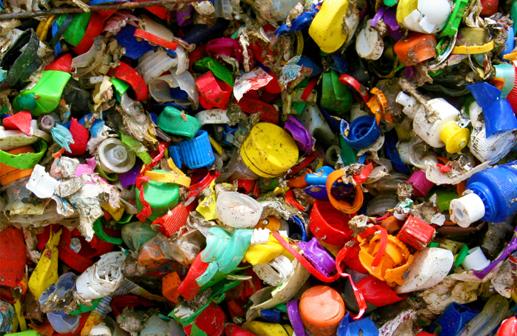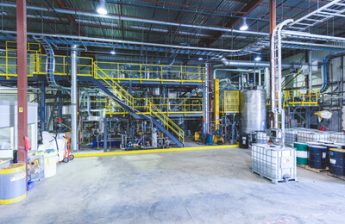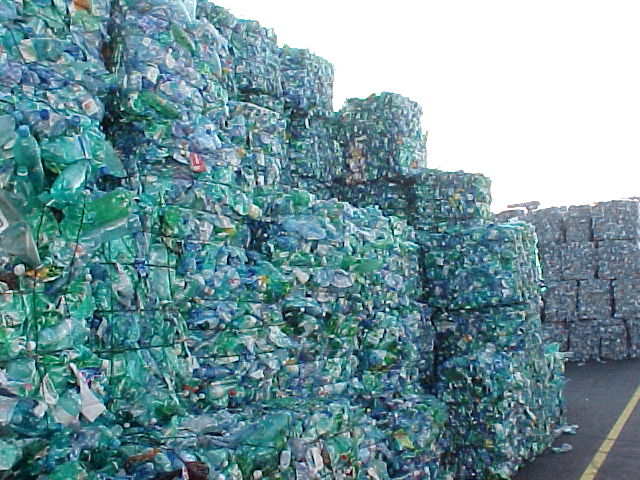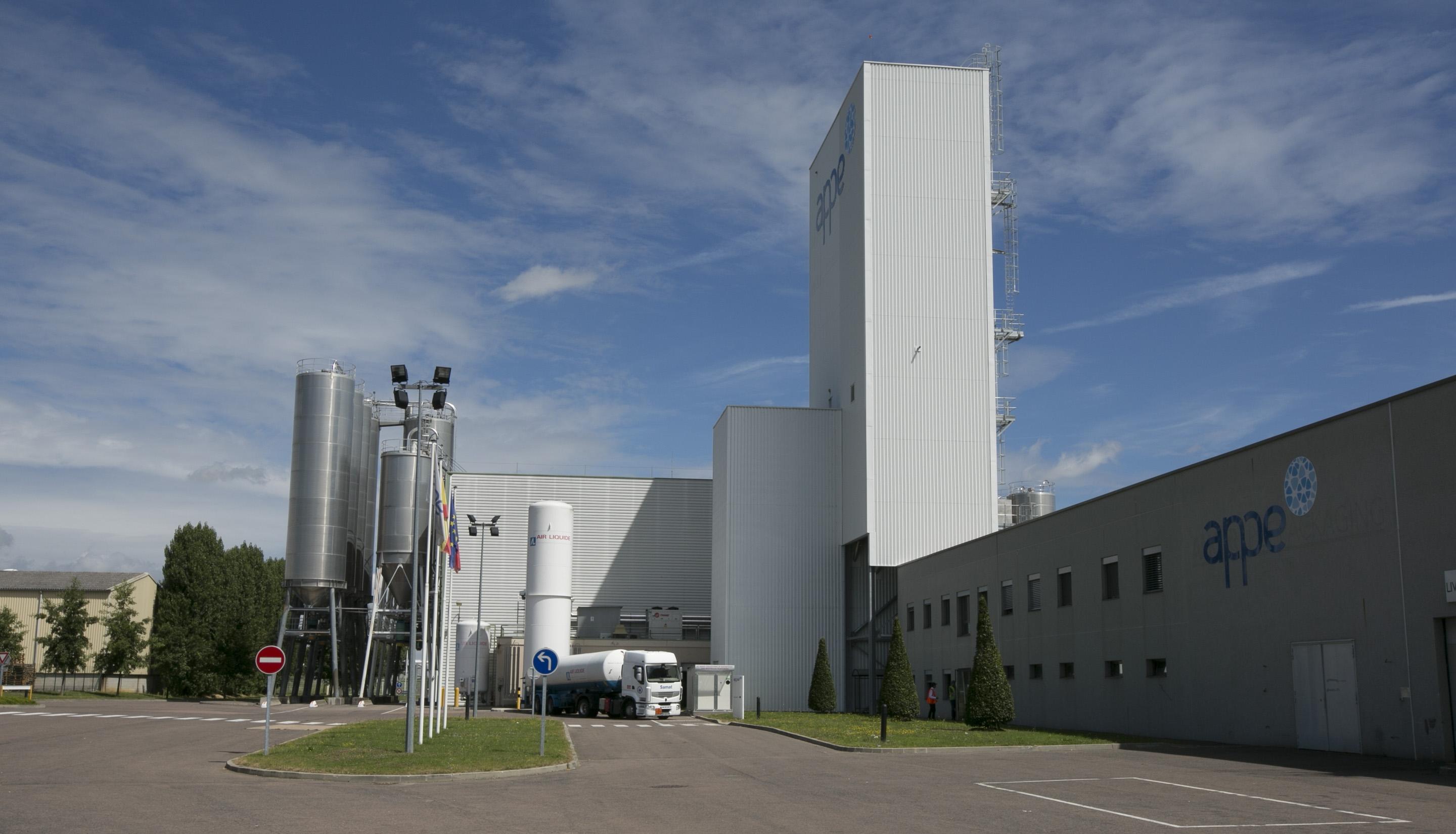Western Europe has sent millions of tons of recovered fiber to Asia in the past several years in a trading pattern that is being met with resistance by some paper mill operators in Europe.
The implications of the new pattern were a topic of discussion at the 2010 European Paper Recycling Conference (EPRC).
At a session titled “Hot Topics in Fiber Collection,” David Barrio of Spanish paper industry trade group Aspapel, Madrid, commented that consuming recovered fiber closer to its point of origin is a solution “toward making recycling more efficient.”
Barrio remarked that there is an imbalance in the market, with Asia consuming 50 percent of the world’s recovered fiber while only generating 38 percent of it.
“The massive and erratic exports of recovered paper are threatening the whole paper loop,” said Barrio. “The problem is not occasional, it is structural,” he continued. “It is hampering new investments in recycling opportunities. Who is going to make an investment in a new mill [if] they cannot be guaranteed of the supply?”
Presenter Jan-Erik Levlin from Finland, author of a study called COST ActionE48, offered four scenarios for the future of paper recycling in Europe. Levlin also pointed to inefficiencies in the “global economy” scenario, and recommended that the European paper industry “take control of the recovered paper supply.”
In the question-and-answer portion of the session, several audience members expressed opposition to the viewpoint. Cees van Berkel of Holland’s CVB EcoLogistics said Spain’s paper industry “should not have a problem buying its tonnage; there is no shortage of scrap paper—there is enough available.”
Van Berkel said buyers in Asia have become an important part of a vibrant, global market and that Europeans in general favor being able to reach export markets, so why should recovered fiber be an exception? “That’s the market; I don’t know if you’ve ever heard the word,” said van Berkel.
In another presentation, Merja Hellander of Finland offered an update on behalf of ERPA (the European Recovered Paper Association), on the EN643 standard in the European Union. Among the aspects of EN643 is a contamination limit of 1.5 percent on bales of recovered fiber.
When asked in the question-and-answer portion of the session, Hellander commented that, thus far, it is unclear who will act as the enforcement agent for that portion of the standard.
The 2010 European Paper Recycling Conference was Nov. 3-4 at the Sheraton Congress Hotel in Frankfurt, Germany.
Source : www.recyclingtoday.com







